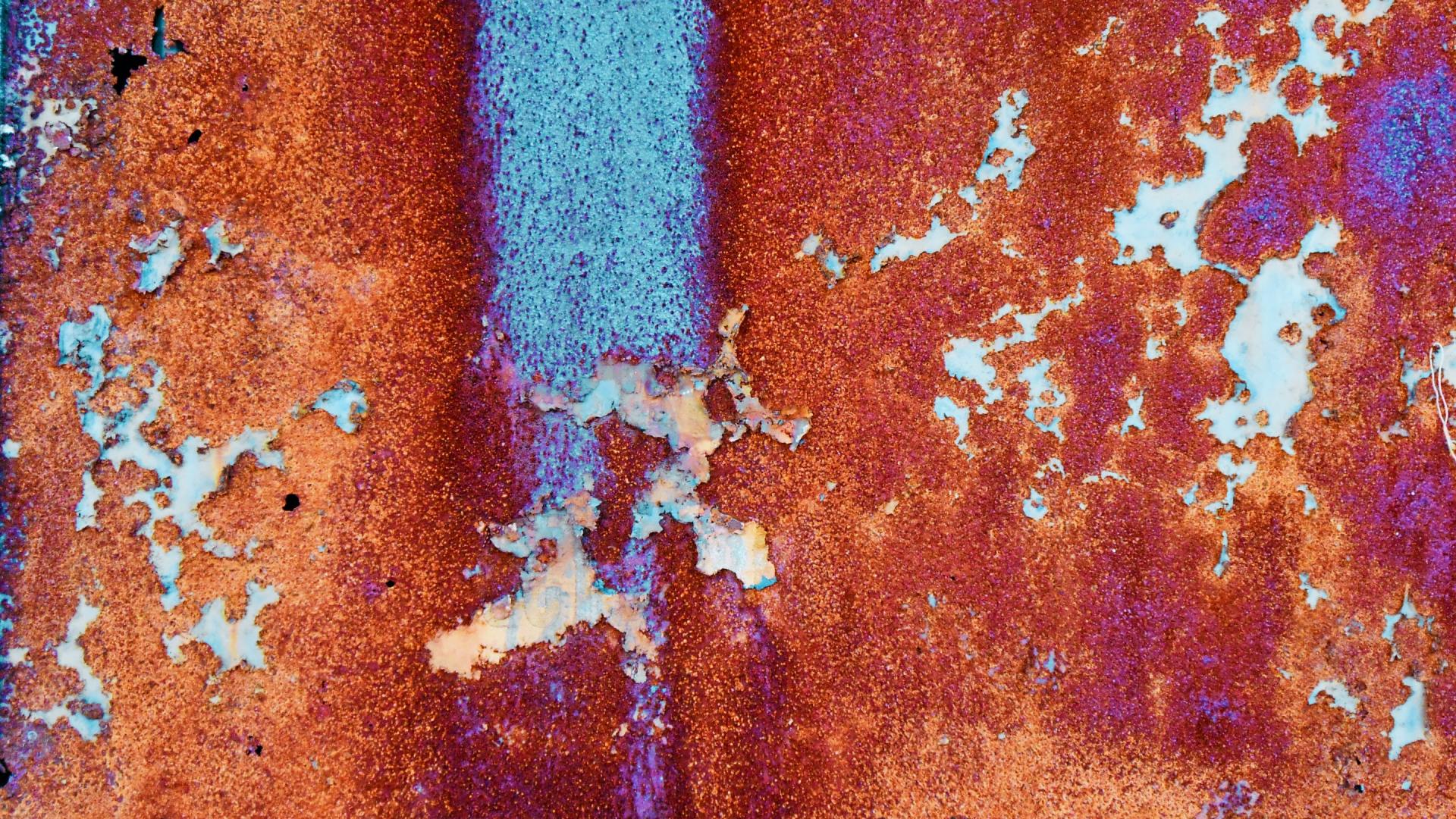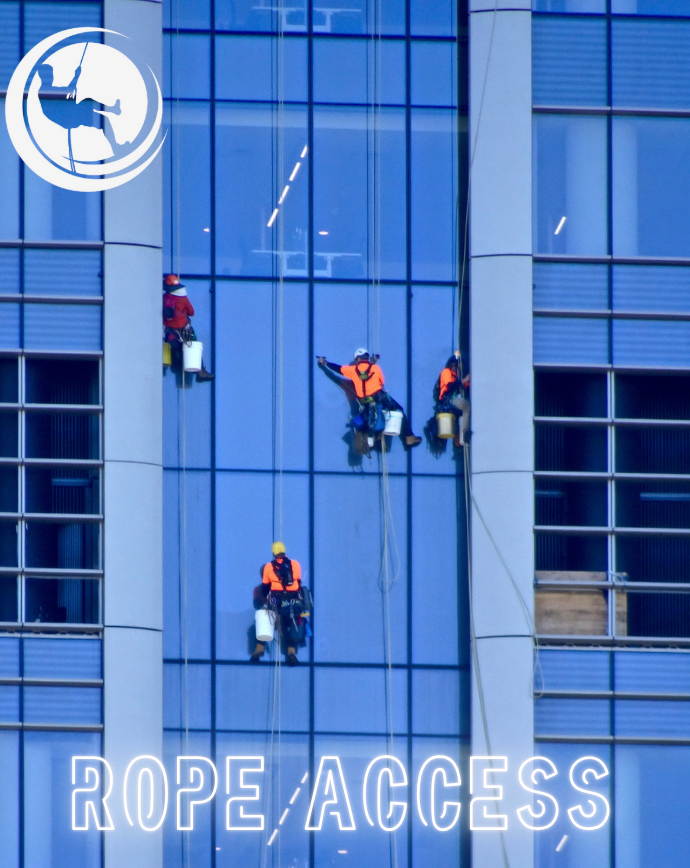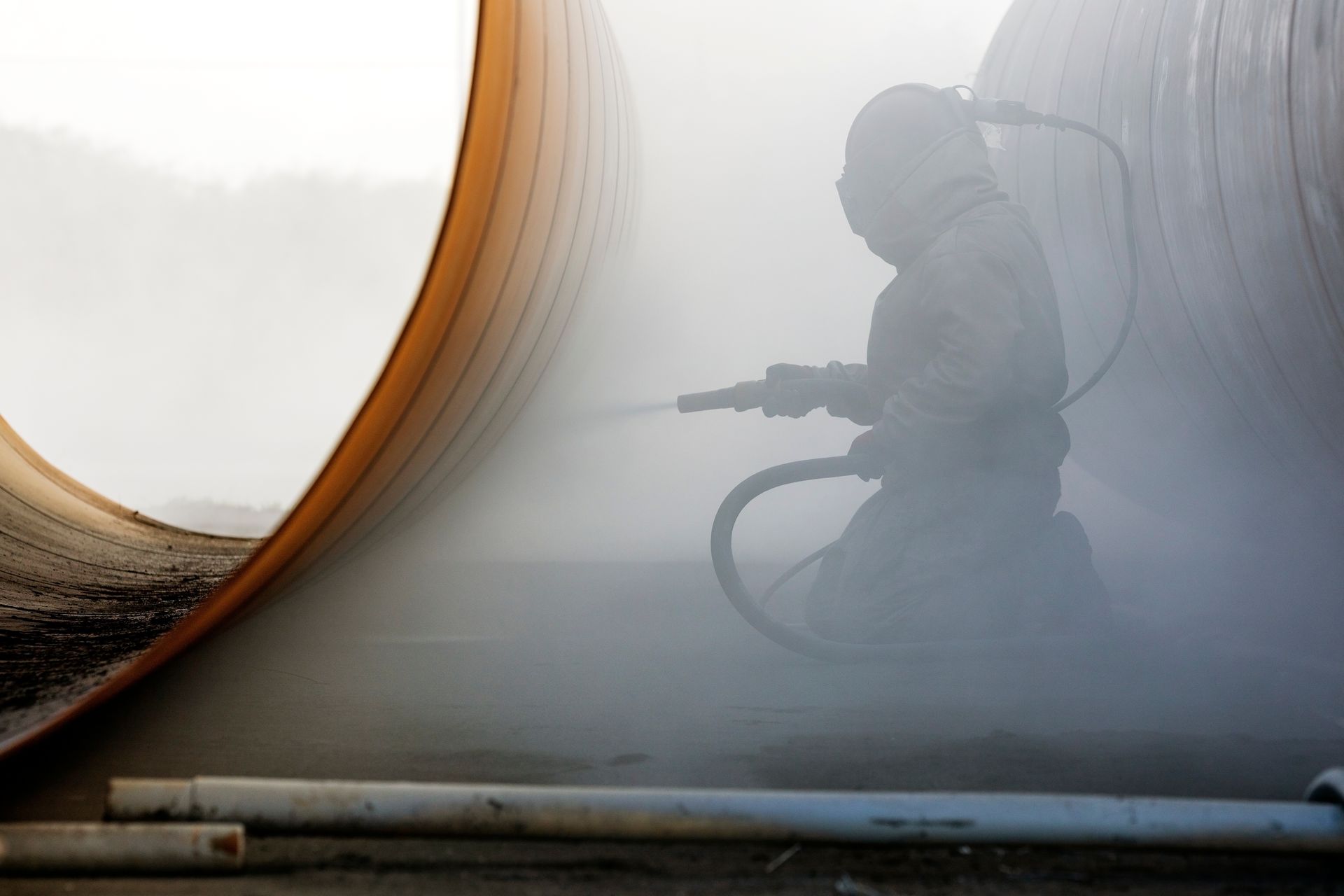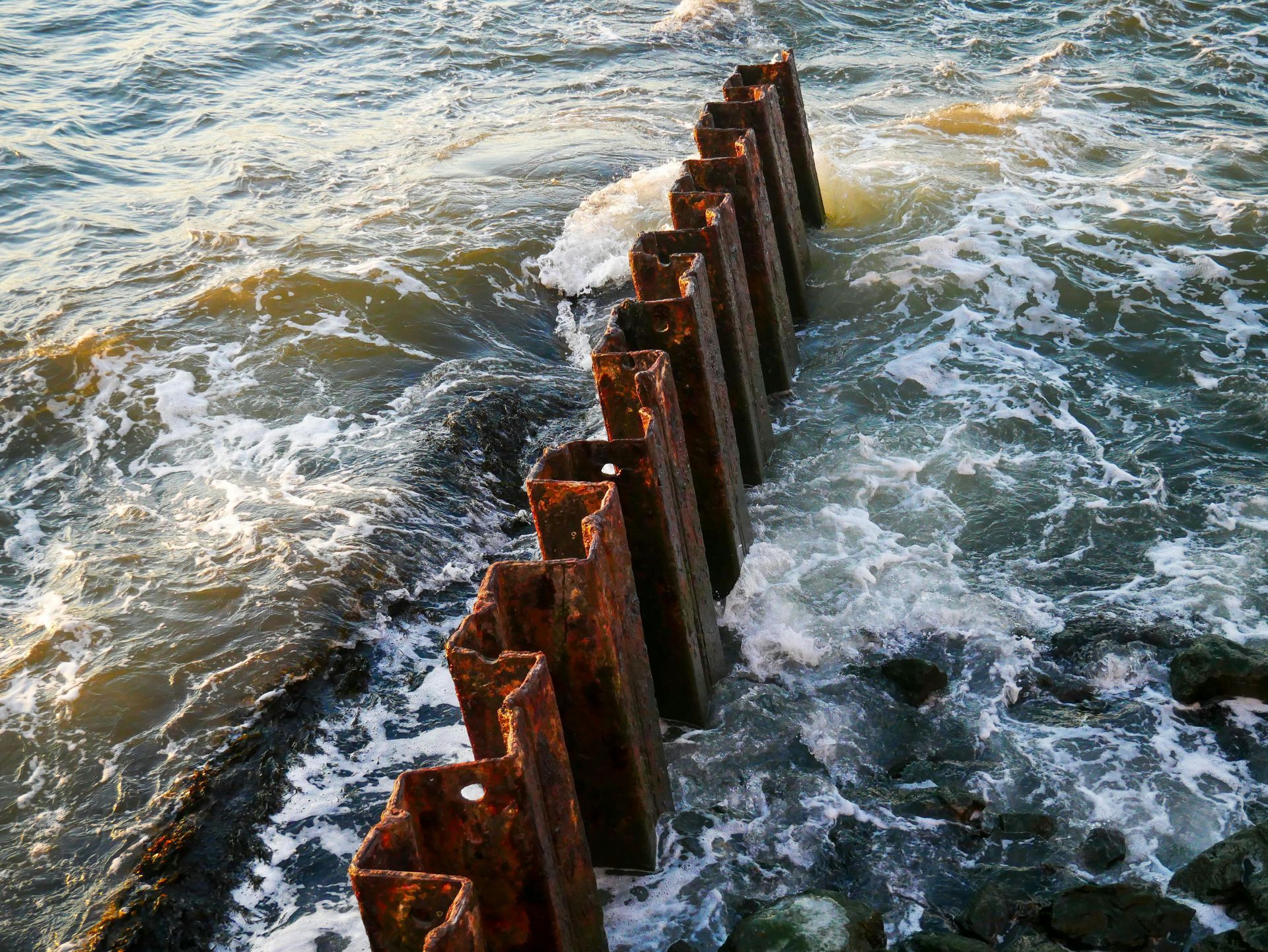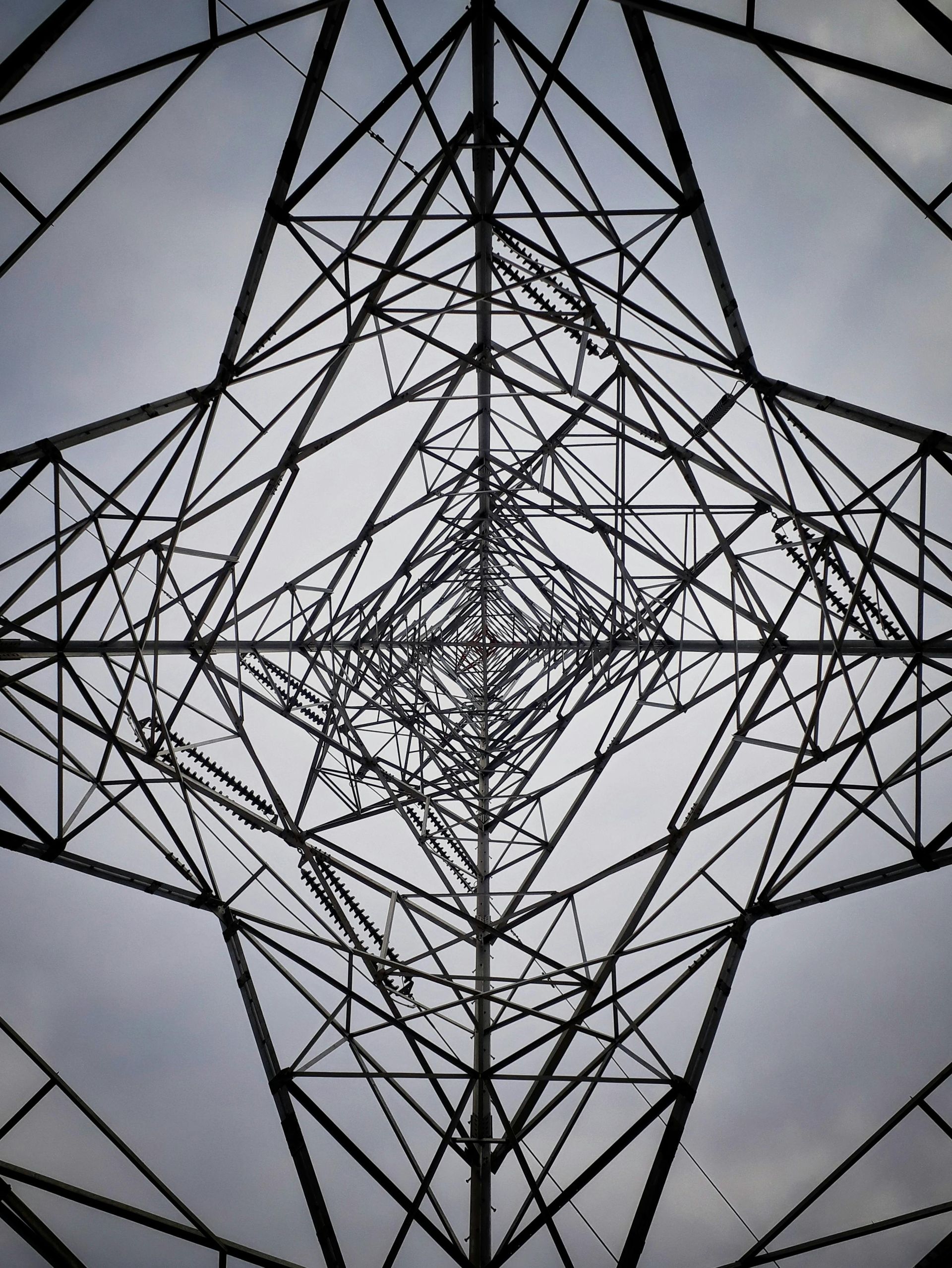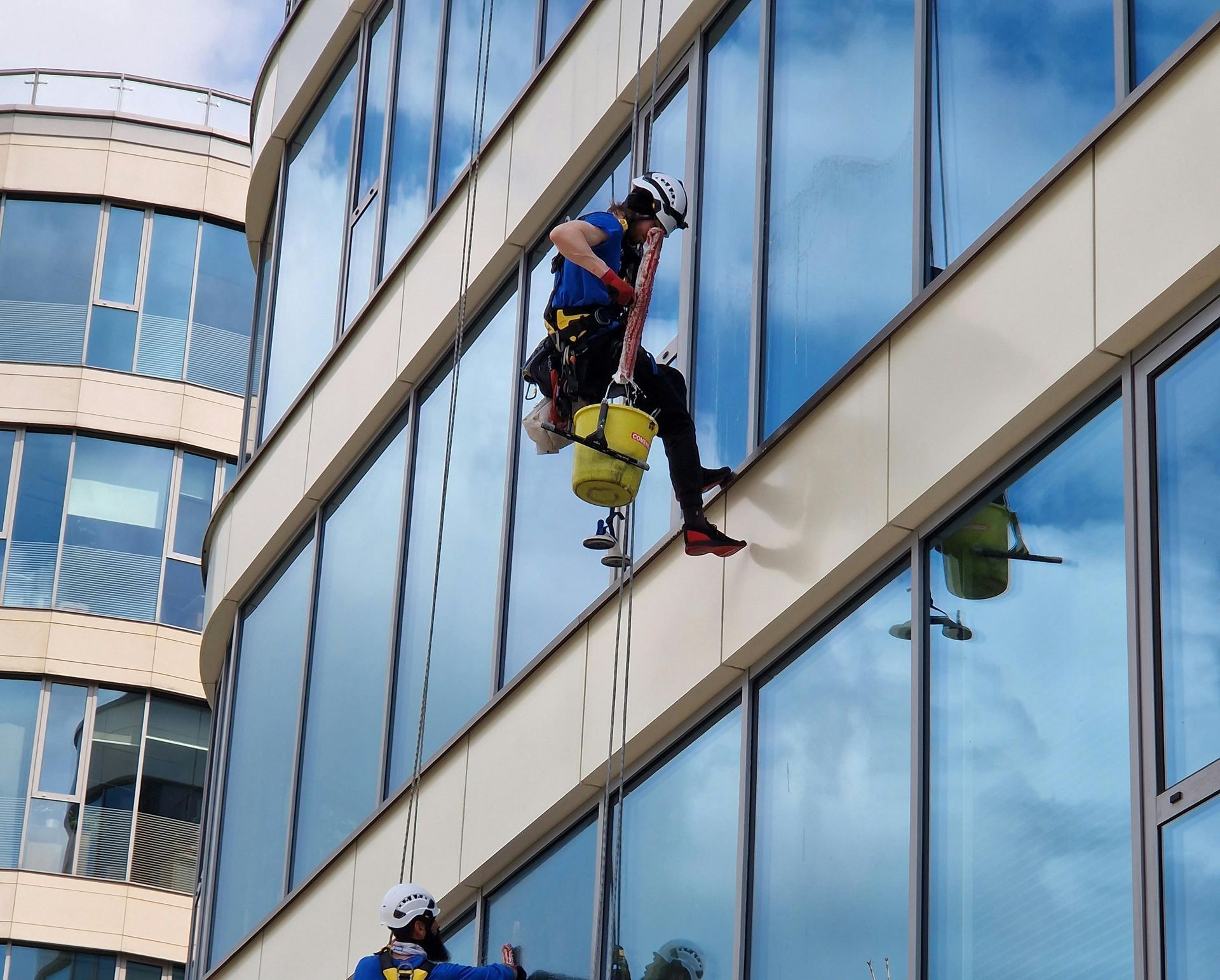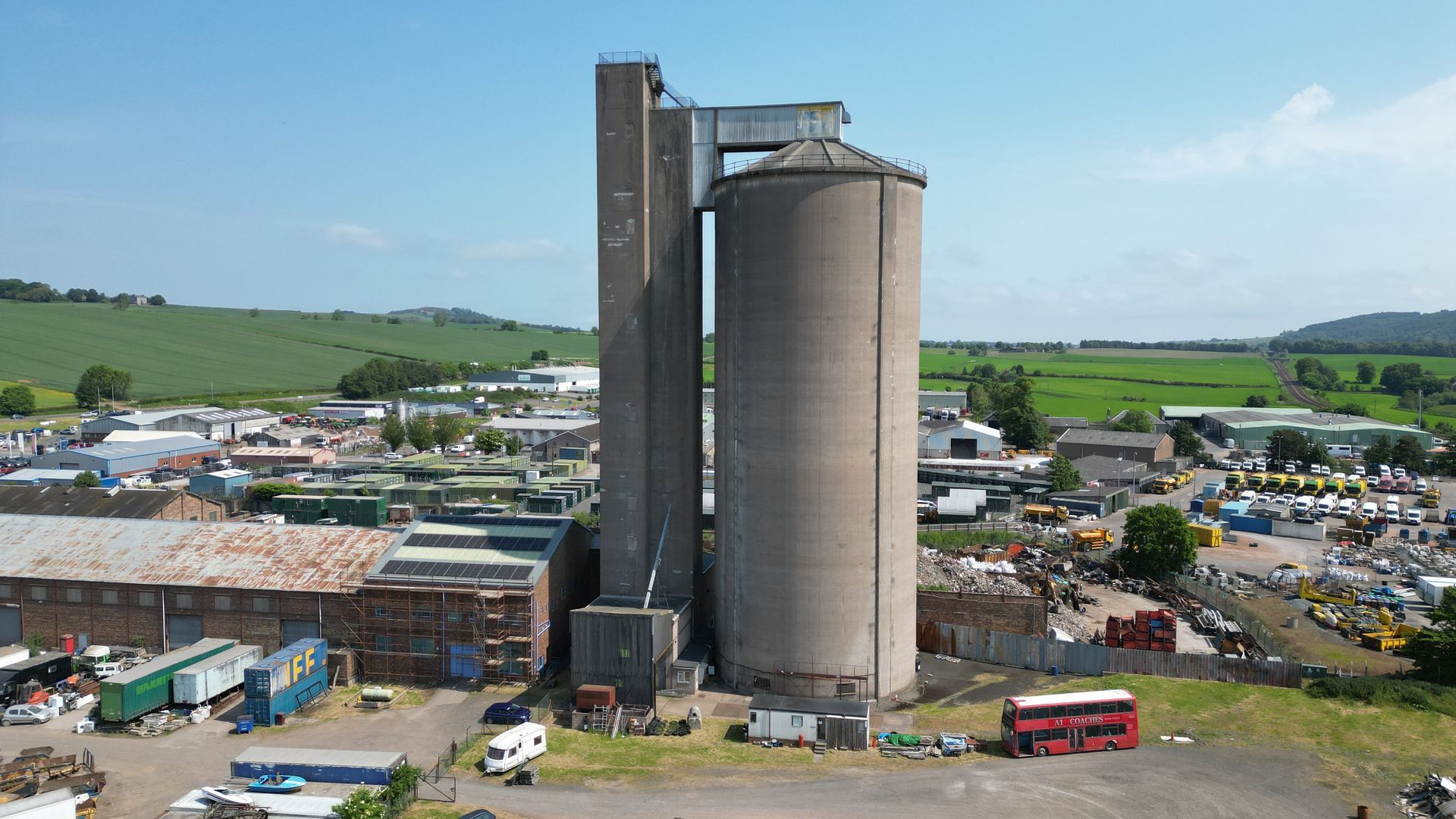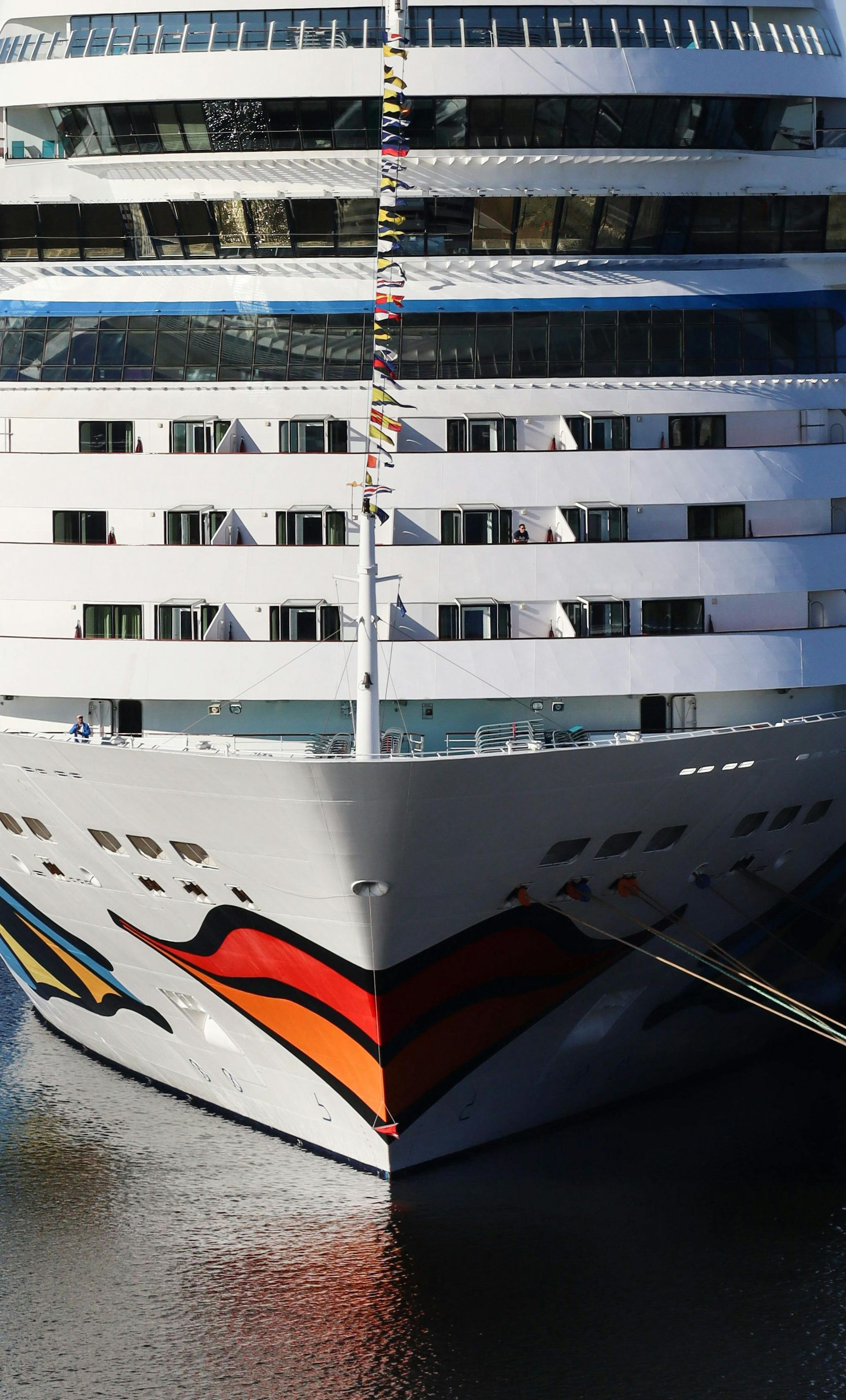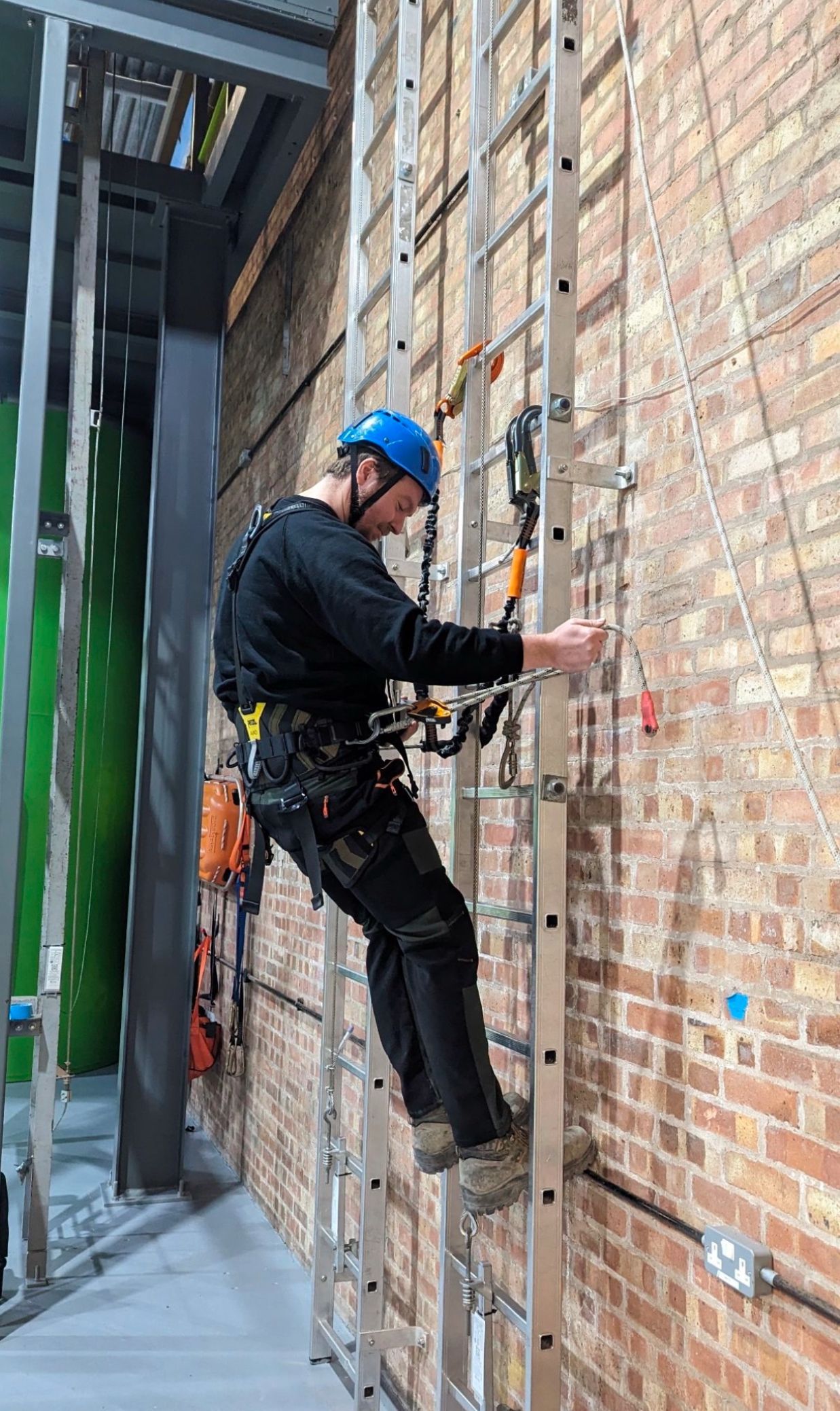Corrosion Classifications for Offshore Wind
Corrosion Classifications in Offshore Wind
Cathodic Protection
In this blog post we explore the corrosion classifications for offshore wind.
The most probable failure and degradation mechanisms for steel structures are corrosion and fatigue. The tower and foundation of the Offshore Wind Structures can experience a combination of these two mechanisms due to the coupled action of wind and wave loading in harsh environments. Structural failure of an Offshore Wind Structure may occur due to accelerated fatigue produced by an increase of stresses. Stresses can increase when natural frequencies are found to be similar to the rotor’s frequency and geometrical forces which can lead to devastating consequences.
Stress corrosion cracking is a major operational issue for Offshore Wind Structures and is highly dependent on which zone the stress resides in.
Four zones are usually considered in an Offshore Wind Structure:
Submerged zone —the zone where the structure is permanently submerged. Cathodic protection (CP) is generally used in this zone, often in conjunction with coating;
Tidal zone —the zone between the minimum and the maximum level of tides and governed by their variations. This region is subjected to wetting and drying cycles. Degradation occurs due to chemical attack, abrasive action of waves and other substances in suspension (ice drift or floating objects) as well as the attack of microorganisms. This zone is often coated.
Splash zone —the zone immediately above the maximum level of intertidal variation. In this zone the substrate is directly affected by water splash. The height of the splash zone is a function of the wave height, as well as of the speed and wind direction and is subjected to cycles of wetting and drying. This zone is often coated using a multi-layer coating system often involving a glass flake polymer to help protect against mechanical damage. Corrosion becomes more significant as water evaporates and salts remain on the surface of the substrate.
Atmospheric zone —the zone above the splash zone where the steel tower and topside structure suffers actions from marine aerosol, however, unlike the splash zone the structure is not usually attacked directly by water splashes. The winds carry the salts in the form of solid particles or as droplets of saline solution. The quantity of salt present decreases as a function of height distance from the mean water line. The wind speed and direction will influence the quantity of salt. This zone is also typically coated.
Corrosion can be classified according to the appearance of the corrosion damage or the mechanism is which it was caused, although subjective should only be determined by trained and competent personnel. The wrong or incorrect classification can have a detrimental impact on the desired solution.
What is Uniform or General Corrosion?
Although other forms of attack must be considered in special circumstances, uniform or general corrosion attack is one form most commonly confronting the user of metals and alloys today. Uniform (or general) corrosion, which is the simplest form of corrosion, is an even rate of metal loss over the exposed surface. It is generally thought of as metal loss due to chemical attack or dissolution of the metallic component into metallic ions. In high-temperature situations, uniform metal loss is usually preceded by its combination with another element rather than its oxidation to a metallic ion. Combination with oxygen to form metallic oxides, or scale, results in the loss of material in its useful engineering form; scale ultimately flakes off to return to nature. A metal resists corrosion by forming a passive film on the surface. This film is formed naturally when the metal is exposed to the air for a period of time. It can also be formed more quickly by chemical treatment. For example, nitric acid, if applied to austenitic stainless steel, will form this protective film. Such a film is actually corrosion but once formed, it prevents further degradation of the metal, provided that the film remains intact. It does not provide an overall resistance to corrosion because it may be subject to chemical attack. The immunity of the film to attack is a function of the film composition, temperature, and the aggressiveness of the chemical. Examples of such films are the patina formed on copper, the rusting of iron, the tarnishing of silver, the fogging of nickel, and the high-temperature oxidation of metals. There are two theories regarding the phenomena formation of this film. The first theory states that the film formed is a metal oxide or other reaction compound. This is known as the oxide film theory. The second theory states that oxygen is adsorbed on the surface, forming a film. However, all films react over a period of time with the underlying metal to form metal oxides.
What is Pitting Corrosion?
Pitting Corrosion is in itself a corrosion mechanism but is also a form of corrosion often associated with other types of corrosion mechanisms. It is characterised by a highly localised loss of metal. In the extreme case, it appears as a deep, tiny hole in an otherwise unaffected surface. The initiation of a pit is associated with the breakdown of the protective film on the metal surface. The depth of a pit eventually leads to a through penetration or a massive undercut of the thickness of a metal part. The width of the pit may increase with time but not to the extent to which the depth increases. Most often, the pit opening remains covered with the corrosion product, making it difficult to detect during inspection. This, along with a negligible loss in weight or absence of apparent reduction in the overall wall thickness, gives little evidence as to the extent of the damage. Pitting may result in the perforation of a water pipe or caisson making it unusable even though a relatively small percentage of the total metal has been lost due to rusting. Pitting can also cause structural failure from localised weakening effects even though there is considerable sound material remaining. Pits may also assist in brittle failure, fatigue failure, environment-assisted cracking like stress corrosion cracking (SCC), and corrosion fatigue by providing sites of stress concentration.
What is Crevice Corrosion?
Crevice corrosion also called filiform or poultice corrosion is a localised type of corrosion occurring within or adjacent to narrow gaps or openings formed by metal to metal or metal to non-metal contact. It results from local differences in oxygen concentrations, associated deposits on a metal surface, gaskets, lap joints, or crevices under a bolt or around rivet heads where small amounts of liquid can collect and become stagnant. Crevice corrosion may take place on any metal and in any corrosive environment. However, metals such as aluminium and stainless steels that depend on their surface oxide film for corrosion resistance are particularly prone to crevice corrosion, especially in environments such as seawater that contains chloride ions. The gap defining a crevice is usually large enough for the entrapment of a liquid but too small to permit flow of liquid and is usually a result of poor design.
What is Galvanic or Bi-metallic Corrosion?
This form of corrosion is sometimes referred to as dissimilar metal corrosion, and is found in unusual places, often causing professionals the most headaches. Galvanic corrosion is often experienced in walkways where modern alloy grating are connected to the existing carbon steel at primary and secondary phases. The coupling of the carbon steel to the alloy grating causes the carbon steel to corrode. The galvanic series of metals provides details of how galvanic current will flow between two metals and which metal will corrode when they are in contact or near each other and an electrolyte such as water is present. When two different metallic materials are electrically connected and placed in a conductive solution (electrolyte), an electric potential exists. This potential difference will provide a stronger driving force for the dissolution of the less noble (more electrically negative) material. It will also reduce the tendency for the more noble metal to dissolve. It is this principle that forms the scientific basis for using such materials as zinc in anodes to sacrificially protect the carbon steel foundation structures. When placed alone in corrosive media, both members may corrode, but at different rates. The metal having the higher corrosion rate will become the corroding member in the couple (anode). The other member becomes the cathode. The cathode may suffer from hydrogen damage while galvanic corrosion is taking place on the cathode, however.
What is Erosion Corrosion?
The term erosion corrosion applies to the deterioration due to a mechanical force. When the factors contributing to erosion accelerate the rate of corrosion of a metal, the attack is called erosion corrosion. Erosion corrosion is usually caused by an aqueous or gas presence flowing over the metal surface or impinging upon it. The mechanical deterioration may be aggravated by the presence of a corrosion, as in the case of corrosive wear. The attack takes the form of grooves, that is, scooped out rounded areas, horseshoe-shaped depressions, gullies or waves, all of which often show the direction of travel. At times, the corrosion attack may be an assembly of pits. Perforation due to thinning or progressive pits, and rupture due to failure of the thinned wall to resist the internal fluid pressure are also common. All equipment at some stage which is exposed to flowing fluid will be subject to erosion corrosion, and piping systems and heat exchangers are the most commonly affected. Erosion corrosion is affected by velocity, turbulence, impingement, the presence of suspended solids, temperature, and prevailing cavitation conditions.
What is Intergranular Corrosion?
Intergranular Corrosion is a form of localised attack in which a narrow path is corroded out preferentially along the grain boundaries of a metal. It often initiates on the surface and proceeds by local cell action in the immediate vicinity of a grain boundary. Although the detailed mechanism of intergranular corrosion varies with each metal system, its physical appearance at the microscopic level is quite similar for most systems. The effects of this form of attack on mechanical properties may be extremely harmful. In these cases, the driving force is a difference in corrosion potential that develops between the grain boundary and the bulk material in adjacent grains. The difference in potential may be caused by a difference in chemical composition between the two zones. This can develop as a result of migration of impurity or alloying elements in an alloy to the grain boundaries. If the concentration of alloying elements in the grain boundary region becomes sufficient, a second phase or constituent may separate or precipitate. This may have a corrosion potential different from that of the grains (or matrix) and cause a local cell to form. The constituent may be anodic, cathodic, or neutral to the base metal or adjacent zone.
What is Dealloying Corrosion?
Dealloying corrosion is another type of localised corrosion involving the selective removal by corrosion of one of the elements of an alloy by either preferential attack or by dissolution of the phase material. The various kinds of selective dissolution have been named after the alloy family that has been affected, such as dezincification as an example, and it is usually, although not always, on the basis of the element affected.
What is Stress Corrosion Cracking?
Stress Corrosion Cracking (SCC) also called environmentally assisted cracking or fatigue cracking or hydrogen induced cracking can be defined as crack formation due to simultaneous effects of static tensile stresses and corrosion. The tensile stresses may originate from external load, centrifugal forces or temperature changes, or they may be internal stresses induced by cold working, welding or heat treatment. The cracks are mainly formed in planes normal to the tensile stresses, and propagate intergranular or trans granularly, more or less branched. If they are not detected in time, they will cause fast, unstable fracture.
What is Microbiological Influenced Corrosion?
Microbiological Influenced Corrosion (MIC) is often seen as a pitting attack. MIC is associated with the presence of a variety of organisms. Some can be easily observed such as barnacles, algae, mussels and clams while others cannot, such as microscopic bacteria. These microorganisms tend to attach onto and grow on the surface of structural elements, resulting in the formation of a biological film or biofilm. In the case of OWS, heavy encrustations of hard-shelled fouling organisms form on the surface of the metallic structure. These organisms change the environmental variables including oxidising power, temperature and concentration. Therefore, the value of a given parameter on the metallic/sea water interface under the biofilm can be different from that in the bulk electrolyte away from the interface. This difference may result in corrosion initiation under conditions in which there would be none if the biofilm was not present. Presence of the biofilm may also yield changes in the form of corrosion (from uniform to localised) or an increase in the corrosion rate.
Thought should be given to a minimum of two corrosivity categories having been considered for Offshore Wind Structures according to ISO 24656:2022. Firstly, C5-M is for marine, coastal and offshore areas with high salinity for tidal, splash and atmospheric zones. Secondly, Im2 is for the zones permanently submerged in seawater. Corrosion rates for construction steel below sea level average 0.2 mm/yearly. In the tidal and splash zones, the corrosion rates may fluctuate between 0.4 to 1.2 mm/yearly. Other authors have reported that the corrosion rate of construction steel in offshore environments can be as high as 2.5 mm/yearly depending on the location.
Fundamental corrosion protection measures for Offshore Wind Structures include protective coatings and/or Cathodic Protection, corrosion allowance, inspection/monitoring systems, material and weld design decisions, and control of environment for internal zones. Corrosion protection of an Offshore Wind Structures, typically consists of two of environment for internal zones. Corrosion protection of an Offshore Wind Structure, typically consists of two or three epoxy based coatings with or without a polyurethane (PU) top coat, however, this can vary according to exposure and location. Cathodic Protection is commonly used in submerged and tidal areas; nevertheless, coating systems are also typically applied in these zones to act as semipermeable barriers also.
Cathodic Protection by sacrificial galvanic anodes for Offshore Wind Structures is generally the preferential Cathodic Protection system used in the offshore wind industry nowadays. Impressed Current Cathodic Protection (ICCP) is an alternative Cathodic Protection system option; however, it is uncommon offshore, because it is more susceptible to environmental damage and third‐party mechanical damage than sacrificial anodic systems. ICCP typically requires more inspection and maintenance which is costly to provide for un-manned Offshore Wind Structures than its sacrificial Cathodic Protection counterpart. Also, there are currently no industry design standards detailing requirements for impressed current systems as there are for the sacrificial galvanic anode systems.
About Dangle Rope Access
Here at Dangle, we provide a variety of comprehensive inspection, access, coatings, and composite (IACC) industrial services. Our services are available to both the private and public sectors.
We offer high-quality proven solutions that will help reduce maintenance costs in both the long and short-term. We are based in Dundee, Scotland and also have offices based in Edinburgh, along with our newly established training centre in Northern Ireland Dangle Academy. Due to our company size and structure, we are able to offer a flexible and versatile approach to the way we run our business and the services that we offer our clients. And, as a leading painting company, we’ve worked on several renewable energy projects in the UK, Europe, and the US.
We work with both on and offshore with wind farm operators, and asset owners. For offshore wind farm maintenance, to onshore building maintenance, we can cover both the East and West coasts.
To find out more about how our team can help you contact us today. Our friendly, professional and helpful team is always on hand to help.

